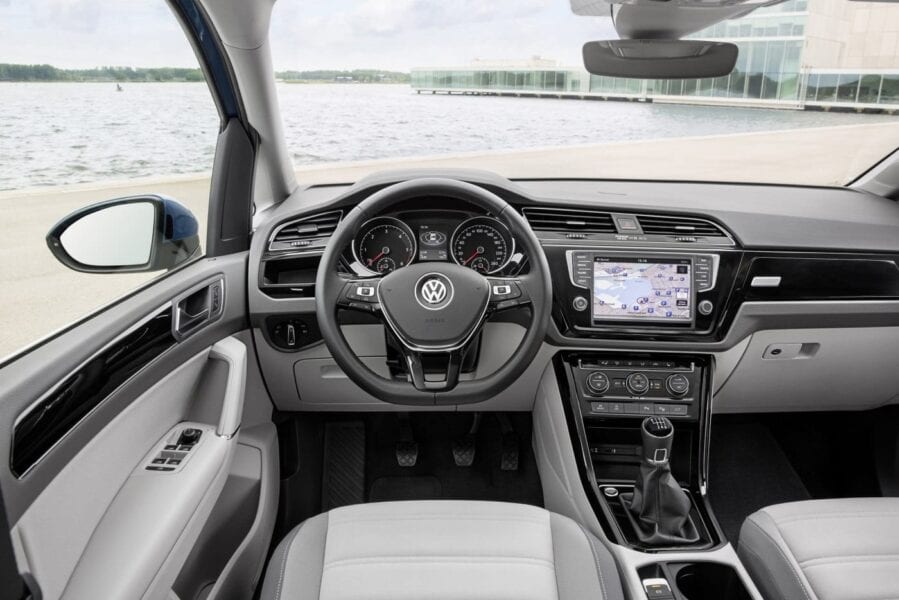
Description and operation of the pedestrian detection system
Content
Car manufacturers work tirelessly to improve the safety of all road users and minimize the risk of injury. One of the methods is to avoid collisions with pedestrians. Below are the features of pedestrian detection systems, how they are arranged and work, as well as the advantages and disadvantages of using such solutions.
What is a pedestrian detection system
The Pedestrian Detection System is designed to prevent or minimize the consequences of collisions with road users. This function is not able to reduce the number of incidents to 0%, but its use reduces the percentage of fatalities in accidents by 20%, and also reduces the likelihood of serious injury by 30%.
The main difficulty lies in the complexity of the logical implementation. There are no problems with the use of programs and technical means of detecting pedestrians. Difficulties arise at the stage of predicting the direction of movement and human behavior in a critical situation when it comes to saving life.
Purpose and functions of the system
The main purpose of the system is to exclude the collision of a vehicle with a pedestrian. The test results showed that the solution works well at speeds up to 35 km / h and eliminates up to 100% of collisions. When the car is moving faster, the system cannot recognize objects correctly and react in time, so complete safety is not guaranteed. The main functions of the system:
- detection of pedestrians;
- analysis of dangerous situations and assessment of the likelihood of collision;
- sound informing the driver about the threat;
- automatic reduction of speed or change of the trajectory of movement;
- complete stop of the vehicle.
What elements does the system consist of?
The system can be operated by equipping the vehicle with special software and hardware. It includes:
- Front-mounted camera and radars - scan the road in front of the vehicle and recognize objects up to 40 meters away.
- The control unit is an electronic device that receives information from pedestrian detection devices. The block is designed to configure and control the system, as well as notify the driver in case of a collision threat.
- Software - is responsible for the ways of recognizing pedestrians and other objects, the correctness of forecasting and analyzing the situation, making decisions in emergency cases.
The technical implementation of modern systems allows you to analyze the condition of the road, the presence of obstacles, and calculate a safe trajectory.
Logic and working principle
The pedestrian detection system scans the area within a radius of 40 meters. If the object is detected by the camera and this is confirmed by the radar, then it continues tracking and predicts movement. When the situation reaches a critical level, the driver receives an audible notification. Lack of reaction triggers automatic braking, trajectory change or vehicle stop. One of the following principles is used to recognize pedestrians:
- whole or partial detection;
- search for samples from the database;
- using the results of multiple cameras.
For greater effect, several options are combined, which guarantees minimization of errors and errors in work.
Name and differences between systems from different manufacturers
Initially, Volvo was thinking about the safety of pedestrian traffic, and then similar systems appeared at TRW and Subaru.
- Volvo's Pedestrian Detection System (PDS) - using one camera to read the area.
- Advanced Pedestrian Detection System (APDS) by TRW - camera and radar.
- Subaru's EyeSight - Dual cameras and no radar to detect road users.
Regardless of the technical implementation, all systems have a similar operating principle and one purpose.
Advantages and disadvantages
The technical solution makes car travel more comfortable and safe. The main advantages of the pedestrian detection system:
- reducing the number of accidents;
- prevention of 100% collisions at speeds up to 35 km / h;
- reducing the level of dangerous injuries and mortality in accidents;
- increased traffic safety.
Among the shortcomings, it is worth noting:
- limited choice of systems;
- the complexity of work at high speed;
- high cost.
With the development of technology, these problems will be eliminated.
Manufacturers' drive for self-driving cars and road safety will lead to fewer accidents. It is hoped that the quality of object recognition, threat prediction and collision avoidance will improve in the future. This will avoid accidents even at high speeds.
